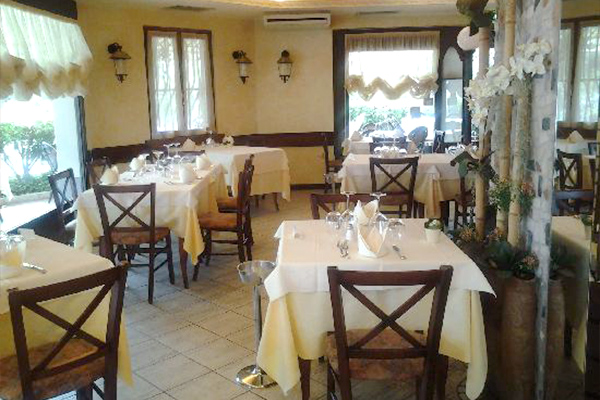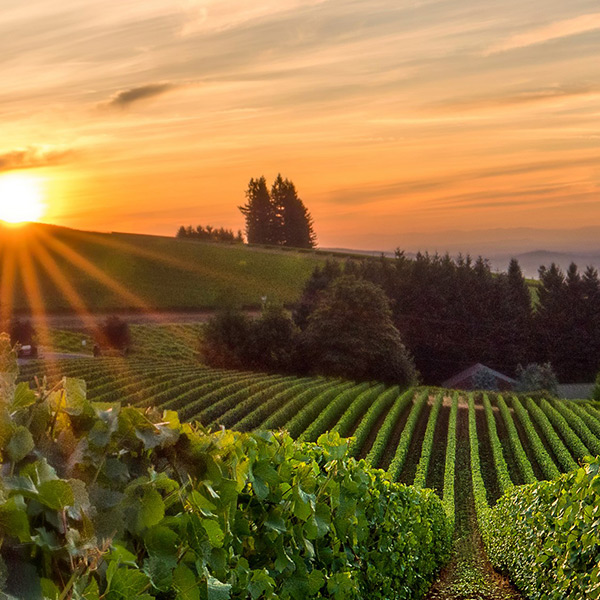THINGS TO DO
Restaurants in Sirmione

Restaurants
In Sirmione typical restaurants and trattorias
are the excellence of Lake Garda cuisine
In our restaurants in Sirmione you will find local dishes using typical Garda products, first and foremost lake fish, accompanied by extra virgin olive oil and, of course, our Lugana wine, now famous throughout the world and praised even by well-known personalities of the past.
Many restaurants and trattorias in Sirmione are located in the most picturesque spots of the old town with gardens or terraces on the lake that are not noticeable from the outside and are housed in historic buildings, some located in secluded and quiet corners away from the main road. Even outside the old town of Sirmione restaurants and trattorias are often located on the lake, with gardens and a relaxing and romantic view of Lake Garda. Among the various restaurants in Sirmione you can certainly find the one that best suits your needs: from the restaurant with a lake view for a romantic dinner to the classic fish restaurant.

#1 Boccon divino restaurant
Al boccon divino ristorante a conduzione famigliare, cucina a basse temperature, pasta e dolci fatti in casa con farine biologiche
- Address: Piazzetta Mosaici, 5 - Sirmione
- Phone: +39 030 9904432
- Web site: www.alboccondivino.com
- Where is it
#2 Viandante restaurant
In the historic centre of sirmione,it offers typical dishes of the local garda cuisine based on fish from the lake and the sea combined with the famous wines of the area.
- Address: Via Vittorio Emanuele, 2 - Sirmione
- Phone: +39 030 916336
- Where is it


#3 L’Accanto pizzeria restaurant
L'Accanto Ristorante Pizzeria in the central square of Sirmione, seafood and meat dishes, The hospitable atmosphere of this restaurant depends largely on the staff, who here are truly courteous.
- Address: Piazza Giosue Carducci, 10 - Sirmione
- Phone: +39 030 916287
- Where is it
#4 La Speranzina old inn
Inside the Scaliger castle is located in the ancient medieval village on the beautiful peninsula in the centre of Lake Garda, typical local dishes with fish from the lake and international dishes accompanied by local wines.
- Address: Via Dante, 16 - Sirmione
- Phone: +39 030 9906292
- Where is it


#5 La Rucola 2.0
In one of Sirmione's most seductive alleyways, next to the Scaliger Castle, Rucola 2.0 welcomes you in a very contemporary setting with a certain profusion of wood to characterise the whole room.
- Address: Vicolo Strentelle, 3 – Sirmione
- Phone: +39 030 916326
- Web site: www.ristorantelarucola.it/
- Where is it
#5 La Darsena Ristorante e Pizzeria
It is well worth going to this restaurant to taste some excellent fish dishes, spaghetti with clams and fritto misto. The wine is excellent.
- Address: Via D'acquisto Salvo, 7 - Sirmione
- Phone: +39 030 9196071
- Where is it


#5 Scaligeri Street
The Italian aperitivo, the one enjoyed in the street, amidst voices and cobblestones. Very small but nice restaurant in the historic centre.
- Address: Via Vittorio Emanuele 19 – Sirmione
- Phone: +39 030 916301
- Where is it
#5 Bar Ristorante Scaligeri
In the heart of Sirmione, since 1948, the Bar Ristorante Scaligeri welcomes you. Bright, welcoming.
- Address: Via Vittorio Emanuele, 19 - Sirmione
- Phone: +39 030 916301
- Where is it














